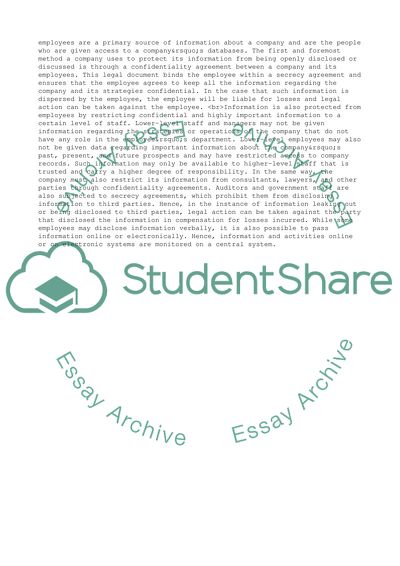Cite this document
(“How can organisations ensure that information held within their Essay”, n.d.)
How can organisations ensure that information held within their Essay. Retrieved from https://studentshare.org/business/1587352-how-can-organisations-ensure-that-information-held-within-their-information-systems-is-both-secure-and-also-used-in-an-ethical-and-socially-responsible-manner
How can organisations ensure that information held within their Essay. Retrieved from https://studentshare.org/business/1587352-how-can-organisations-ensure-that-information-held-within-their-information-systems-is-both-secure-and-also-used-in-an-ethical-and-socially-responsible-manner
(How Can Organisations Ensure That Information Held Within Their Essay)
How Can Organisations Ensure That Information Held Within Their Essay. https://studentshare.org/business/1587352-how-can-organisations-ensure-that-information-held-within-their-information-systems-is-both-secure-and-also-used-in-an-ethical-and-socially-responsible-manner.
How Can Organisations Ensure That Information Held Within Their Essay. https://studentshare.org/business/1587352-how-can-organisations-ensure-that-information-held-within-their-information-systems-is-both-secure-and-also-used-in-an-ethical-and-socially-responsible-manner.
“How Can Organisations Ensure That Information Held Within Their Essay”, n.d. https://studentshare.org/business/1587352-how-can-organisations-ensure-that-information-held-within-their-information-systems-is-both-secure-and-also-used-in-an-ethical-and-socially-responsible-manner.


